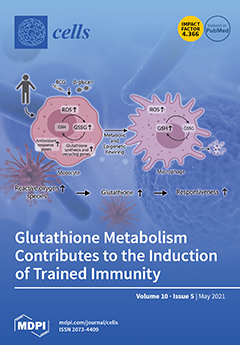Soybean is the second largest source of oil worldwide. Developing soybean varieties with high levels of oleic acid is a primary goal of the soybean breeders and industry. Edible oils containing high level of oleic acid and low level of linoleic acid are considered with higher oxidative stability and can be used as a natural antioxidant in food stability. All developed high oleic acid soybeans carry two alleles;
GmFAD2-1A and
GmFAD2-1B. However, when planted in cold soil, a possible reduction in seed germination was reported when high seed oleic acid derived from
GmFAD2-1 alleles were used. Besides the soybean fatty acid desaturase (
GmFAD2-1) subfamily, the
GmFAD2-2 subfamily is composed of five members, including
GmFAD2-2A,
GmFAD2-2B,
GmFAD2-2C,
GmFAD2-2D, and
GmFAD2-2E. Segmental duplication of
GmFAD2-1A/
GmFAD2-1B,
GmFAD2-2A/GmFAD2-2C,
GmFAD2-2A/GmFAD2-2D, and
GmFAD2-2D/GmFAD2-2C have occurred about 10.65, 27.04, 100.81, and 106.55 Mya, respectively. Using TILLING-by-Sequencing+ technology, we successfully identified 12, 8, 10, 9, and 19 EMS mutants at the
GmFAD2-2A,
GmFAD2-2B,
GmFAD2-2C,
GmFAD2-2D, and
GmFAD2-2E genes, respectively. Functional analyses of newly identified mutants revealed unprecedented role of the five
GmFAD2-2A,
GmFAD2-2B,
GmFAD2-2C,
GmFAD2-2D, and
GmFAD2-2E members in controlling the seed oleic acid content. Most importantly, unlike
GmFAD2-1 members, subcellular localization revealed that members of the
GmFAD2-2 subfamily showed a cytoplasmic localization, which may suggest the presence of an alternative fatty acid desaturase pathway in soybean for converting oleic acid content without substantially altering the traditional plastidial/ER fatty acid production.
Full article






